3D printing issues – wall thickness
TRYING TO PRINT SURFACES THAT ARE TOO THIN CAN RUIN YOUR OBJECT. HERE’S HOW TO AVOID THAT.
3D printing is a rapid way to turn digital designs into physical objects, but the process is so simple that it’s easy to forget some vital details. One of these is that while you can design almost anything you want on a screen, the printed end product has to obey the laws of physics. Too many projects fail because the printer, or more often the print material, can’t meet the expectations of the software. Often this involves small details that either don’t look right or don’t print at all, but there are some more fundamental issues as well. What about 3D printing wall thickness for example, how thick should you make the walls of your project?
Obviously this isn’t a problem if you’re printing a solid object, but there are many reasons you might not be. Cases for phones and tablets are popular print projects, for example, and they have relatively thin walls. How thin is too thin? Architectural models are something else that frequently hits limits, and in fact any project that involves large flat surfaces can become complicated when the wall thickness you’d like to have doesn’t match with what your hardware is capable of.
Small scale problems
Lots of problems arise when you’re scaling down a large object – like an architectural design – to a relatively small print. When you’re preparing the model to do this take a close look at all the small details. How large will they be when they’re scaled down? Will they be so small that they won’t print properly? If so it might be best to eliminate them completely; missing details are better than deformed or out of scale ones. Don’t use your printer’s minimum resolution as a guide to what you can safely print. The resolution on a typical modern printer is often as small as 0.01mm, but if you try to print something that small you’re going to have a nightmare of a time. It would be a fraction of the thickness of a hair, and incredibly fragile. With harder materials like nylon, 1mm is about the smallest size of feature you should try replicating. With PLA and other less durable plastics 2mm is a better limit. Look at your model and try to eliminate anything smaller than that.
Keeping things flat
Even 2mm might not be thick enough if you’re printing large, flat surfaces. Warping as the printed material cools is a well-known problem, but gravity is another – and it’s surprisingly easy to forget. Depending on size and material, large surfaces can bend under their own weight. The same applies to bulky objects on top of a slender support, such as a flower on a stem. Consider making supports – whether temporary or permanent – slightly thicker to compensate. Walls can be reinforced with internal ribs to help stabilise them.
Spending time and material creating an object that immediately warps or collapses is frustrating, but it can be avoided with some good planning. Spend just a little extra time checking your model and visualising how it will work when translated into a physical print, and you can avoid most of the likely issues associated with 3D printing wall thickness.

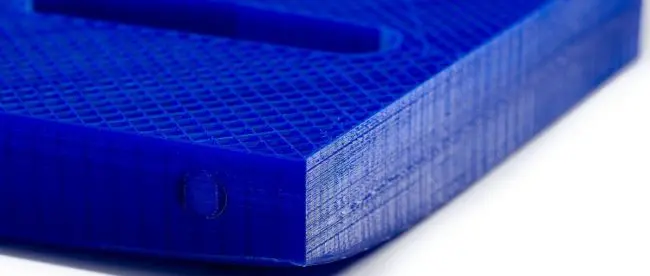
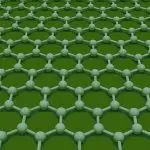
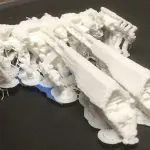
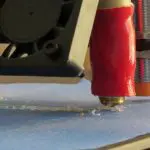
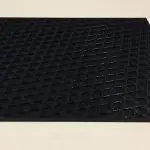
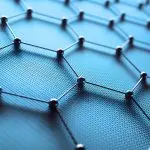
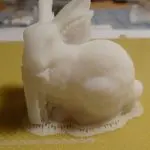
Leave a comment
You must be logged in to post a comment.